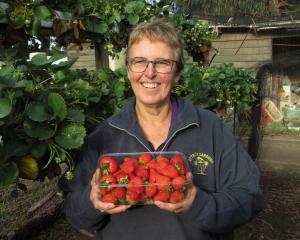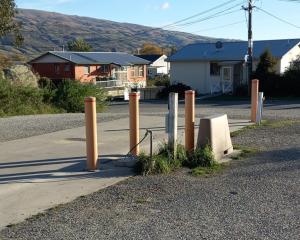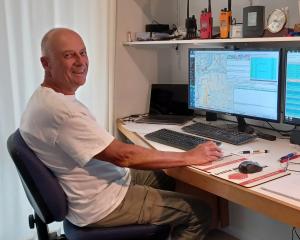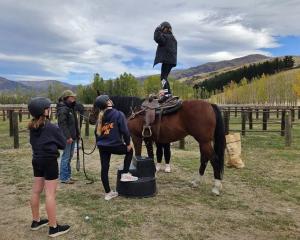
The name was approved during a Vincent Community Board meeting in Clyde on February 4 and has been lodged with the survey office.
The open space, located at the junction of the Clutha River/Mata-au Manuherikia River, had not been formally declared or vested as a reserve until now.
It is owned by Land Information New Zealand (Linz) but is managed by the council through a management agreement.
Kāmoanahaehae, the Kāi Tahu name for the area where the two rivers meet, is steeped in local history, rich with Kāi Tahu stories, knowledge systems, and cultural practices.
The site was historically used as a key wayfinding location and a traditional nohoaka, or seasonal occupation site.
In a statement, a council spokesperson said the project represented a collaboration between the council and mana whenua from Te Rūnanga o Moeraki, Kāti Huirapa Rūnaka ki Puketeraki, and Te Rūnanga o Ōtākou.
From the outset, the trust and the council had worked closely with Aukaha, a mana whenua-owned organisation, to incorporate Kāi Tahu narratives and values into the park’s development.
By restoring the traditional place names, the project was able to honour mana whenua’s deep connection to the land and strengthens cultural ties for future generations.
The name Kāmoanahaehae – Riverside Park combines both the traditional Kāi Tahu name and an English interpretation of the site, encouraging a greater connection to the location’s history and significance.
The park’s development will include signage and storytelling information, allowing visitors to learn more about the cultural and historical context of the space.
— APL












